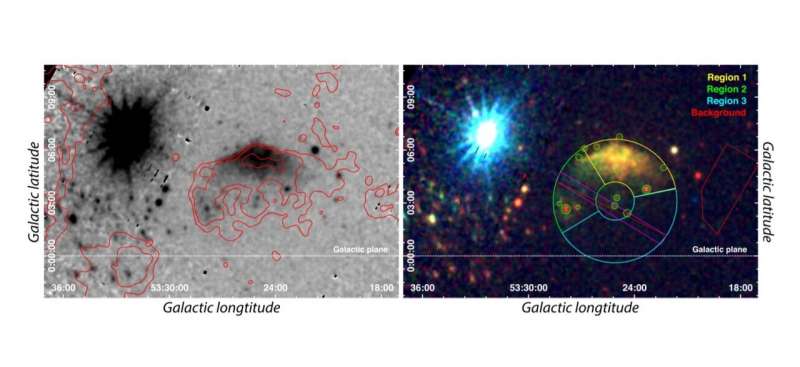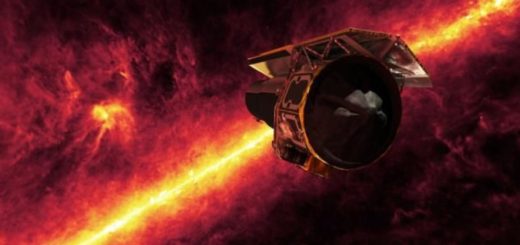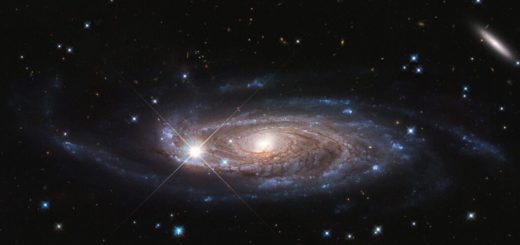Supernova remnant G53.41+0.03 investigated in detail

Astronomers have conducted detailed X-ray observations of a recently discovered supernova remnant (SNR) known as G53.41+0.03. Results of the observational campaign provide important insights into the properties of this object. The study was detailed in a paper published May 7 on the arXiv pre-print server.
SNRs are diffuse, expanding structures resulting from a supernova explosion. They contain ejected material expanding from the explosion and other interstellar material that has been swept up by the passage of the shockwave from the exploded star.
Studies of supernova remnants are important for astronomers, as they play a key role in the evolution of galaxies, dispersing the heavy elements made in the supernova explosion and providing the energy needed for heating up the interstellar medium (ISM). SNRs are also believed to be responsible for the acceleration of galactic cosmic rays.
G53.41+0.03 was confirmed as a supernova remnant in 2018 by analyzing the data from the LOFAR (LOw Frequency ARray) Two-meter Sky Survey. The SNR has a relatively young age and is estimated to be located some 24,450 light years away.
Given that the nature of G53.41+0.03 is still poorly understood, a group of astronomers led by Vladimír Domček of the University of Amsterdam, the Netherlands, decided to take a closer look at this SNR. Using ESA’s XMM-Newton spacecraft, they performed X-ray observations of this object with the main aim of investigating its morphological structure.
“In this work, we follow up SNR G53.41+0.03 with a new dedicated 70ks XMM-Newton observation,” the astronomers wrote in the paper.
The observations found that G53.41+0.03 has a half-shell morphology of 3.5′ in size with most of the emission coming from the upper half (in galactic coordinates). The lower half of the SNR does not show any clear morphological detection. The size of the remnant in X-rays turned out to be smaller than in the radio band, which is most likely caused by a high image resolution provided by XMM-Newton.
The study identified three unique regions of the remnant, all well characterized by the non-equilibrium ionization plasma model. These regions showcase differences in their brightness and plasma characteristics. The astronomers assume that this is likely caused by the higher density in the brightest region and a combination of lower density and the proximity to the galactic plane in the faintest region.
Furthermore, the spectral analysis revealed that G53.41+0.03 is between 1,000 and 5,000 years old, which confirms the relatively young age of this SNR. The observations also found two interesting point sources in the geometrical center of G53.41+0.03. One of these sources is a young stellar object (YSO), while the second one appears to be a magnetar, however further investigation of this source are needed in order to disclose its nature.



 Creators of mankind
Creators of mankind Description of “Tall white aliens”
Description of “Tall white aliens” Where they came from?
Where they came from? About hostile civilizations
About hostile civilizations The war for the Earth
The war for the Earth “Tall white aliens” about eternal life
“Tall white aliens” about eternal life Video: “Nordic aliens”
Video: “Nordic aliens” Aliens
Aliens Alien encounters
Alien encounters The aliens base
The aliens base UFO
UFO Technology UFO
Technology UFO Underground civilization
Underground civilization Ancient alien artifacts
Ancient alien artifacts Military and UFO
Military and UFO Mysteries and hypotheses
Mysteries and hypotheses Scientific facts
Scientific facts


















